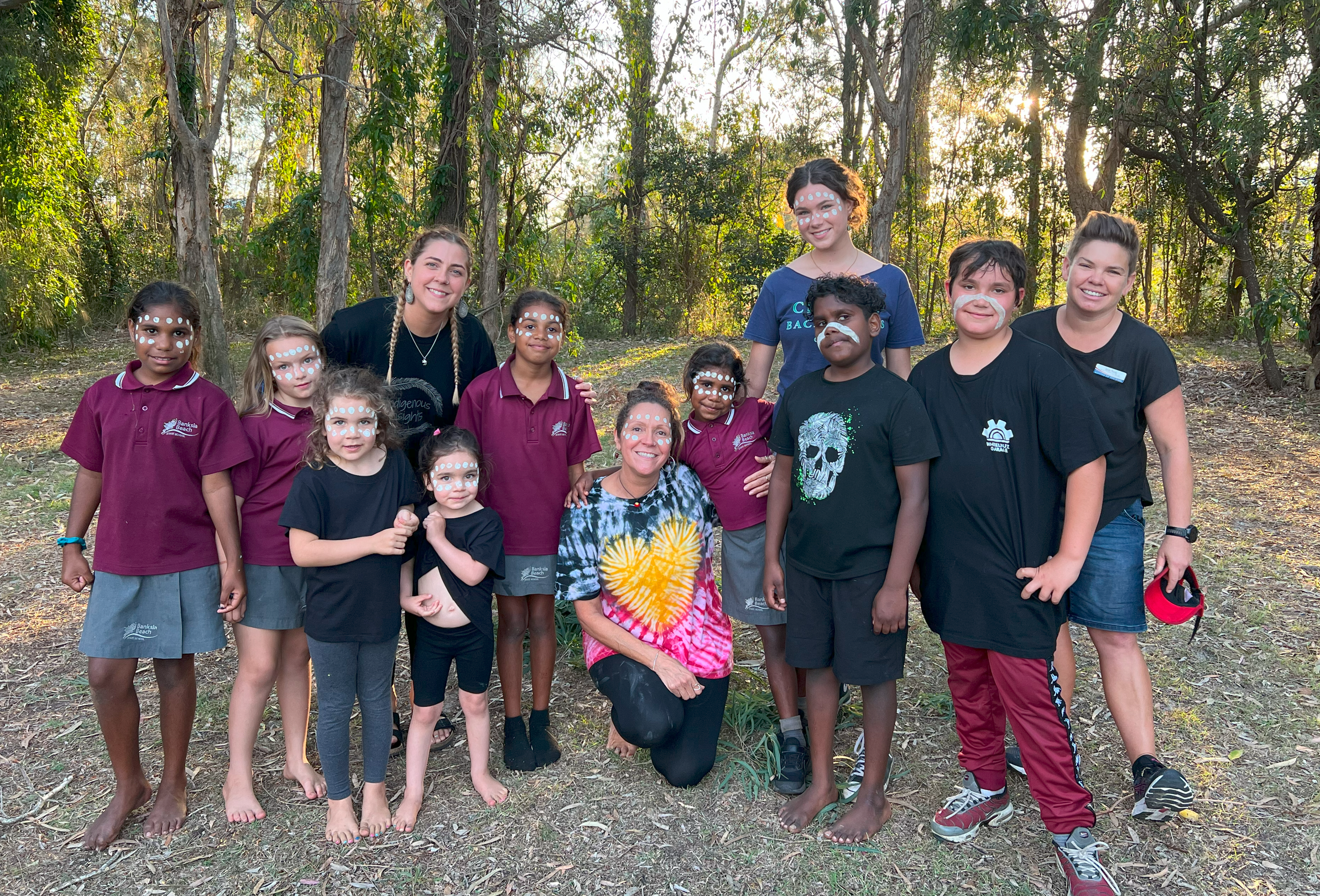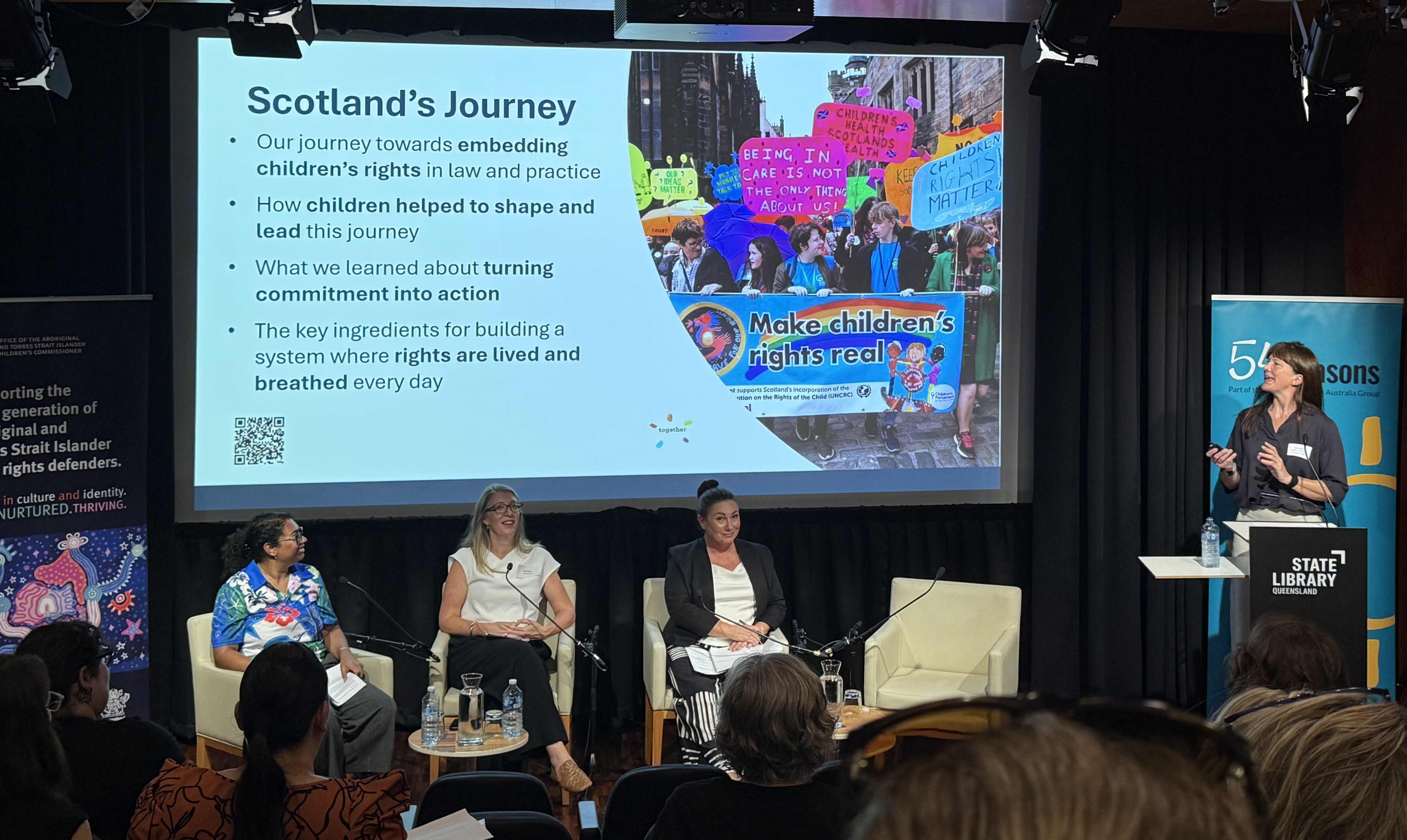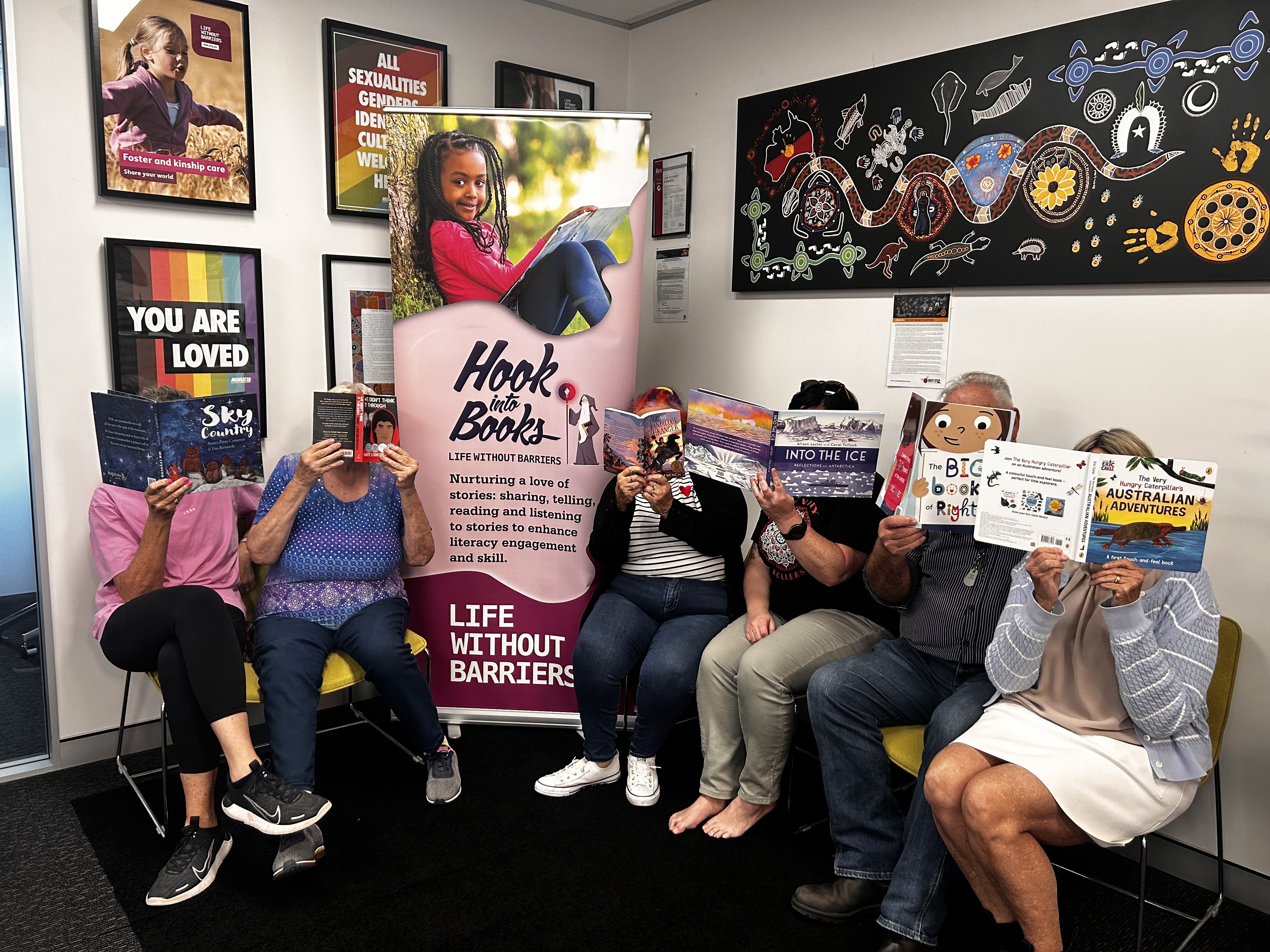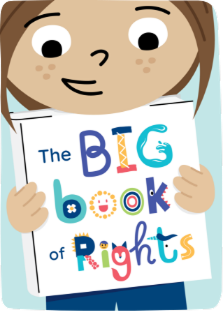Celebrating Our Identities: Upholding Children's Right to Culture

Understanding Article 30 of the UNCRC
Article 30 of the United Nations Convention on the Rights of the Child (UNCRC) is a critical provision that ensures the cultural, religious, and linguistic rights of children belonging to minority or indigenous groups. It guarantees that these children have the right to enjoy their own culture, practice their religion, and use their own language in community with other members of their group. This article highlights the importance of preserving and promoting the cultural identities of minority and indigenous children, recognising that these identities are integral to their overall development and well-being (UNHCR).
The Role of Cultural Identity in Child Development
Cultural identity is fundamental to the holistic development and well-being of children. It provides a sense of belonging and self-worth, which are essential for mental and emotional health. Research shows that children with a strong sense of their cultural identity tend to have higher self-esteem, better academic performance, and stronger social connections. Cultural identity helps children understand their place in the world, fostering resilience and a positive self-image (Australian Human Rights Commission).For example, a study by the Australian Institute of Family Studies found that children who are connected to their cultural heritage are more likely to have positive social and emotional outcomes. They are better able to navigate the challenges of growing up in a multicultural society and are more resilient in the face of adversity (AIFS).
Promoting Inclusive Education
Inclusive education is essential in respecting and promoting the diverse cultural backgrounds of all students. It involves creating a learning environment where all children, regardless of their cultural, linguistic, or religious backgrounds, feel valued and included. Inclusive education helps to break down stereotypes and prejudices, promoting mutual respect and understanding among students. It ensures that educational content and teaching practices reflect the diversity of the student population, thereby enhancing the learning experience for all (Attorney-General's Department).
One example of inclusive education in practice is the "Stronger Smarter" initiative, which aims to improve educational outcomes for Indigenous students by promoting high expectations and culturally responsive teaching practices. This program has been successful in creating a more inclusive and supportive learning environment for Indigenous children.
Exploring Self-expression and Diversity Through "I Am Me"
The song "I Am Me" by Aunty Sharron mirii Bell, created with Children's Rights Queensland, is an excellent tool for exploring themes of self-expression and diversity. The song celebrates individuality and cultural identity, encouraging children to embrace who they are and where they come from. It serves as a powerful reminder of the importance of cultural rights and the need to respect and celebrate diversity in all its forms (Children's Rights Queensland). Aunty Sharron mirii Bell's work with Children's Rights Queensland highlights the importance of cultural expression in fostering a sense of identity and belonging among children. Her song "I Am Me" is used in educational settings to teach children about the value of diversity, self expression and cultural rights.
Examples of Promoting and Respecting Cultural Rights
Educational Programs: Schools across Australia are increasingly incorporating culturally inclusive curricula that reflect the diverse backgrounds of their students. This includes teaching materials that represent various cultures, languages, and religions, and celebrating cultural events and festivals within the school community (Refugee Council of Australia). For instance, the "Harmony Day" initiative celebrates cultural diversity and promotes inclusiveness, respect, and a sense of belonging for everyone. Schools participate by organising activities that highlight the cultural backgrounds of their students.
Government Initiatives: The Australian Government has implemented several policies and programs to support the cultural rights of minority and indigenous children. For instance, the Multicultural Recognition Act 2016 and the Human Rights Act 2019 emphasise the importance of cultural diversity and inclusion in all aspects of public life, including education (Attorney-General's Department). The "Closing the Gap" initiative aims to reduce the disparity in health, education, and employment outcomes between Indigenous and non-Indigenous Australians. This includes efforts to improve educational opportunities and outcomes for Indigenous children.
Community Engagement: Community organisations and cultural groups play a vital role in promoting cultural rights. They provide platforms for children to learn about and celebrate their cultural heritage, participate in cultural activities, and connect with others from similar backgrounds (UNHCR). Programs like the "Koorie Kids Shine" initiative encourage Indigenous children to participate in early childhood education and care, promoting cultural pride and identity from a young age.
Addressing Challenges: Discrimination and Assimilation Pressures
Despite the progress made in promoting cultural rights, many minority and indigenous children still face significant challenges. Discrimination and racism remain prevalent issues, affecting children's self-esteem and sense of belonging. Pressure to assimilate, and dress, talk and act like the majority of their classmates can lead to the loss of cultural identity, as children may feel compelled to conform to the dominant culture to fit in. These challenges highlight the need for continued efforts to create inclusive environments that respect and celebrate cultural diversity (Australian Human Rights Commission). Statistics from the Australian Institute of Health and Welfare show that Indigenous children are overrepresented in the child protection system and face higher rates of discrimination and social exclusion. For example, in 2021–22, First Nations children were about eight times as likely as non-Indigenous children to receive child protection services (170 per 1,000 First Nations children compared to 21 per 1,000 non-Indigenous children) (AIHW). Additionally, the rate of out-of-home care among First Nations children was 12 times as high as for non-Indigenous children (56.8 compared with 4.8 per 1,000 children) (AIHW). Historical and ongoing dispossession, marginalisation, and racism experienced by Aboriginal and Torres Strait Islander peoples have led to high levels of unresolved trauma and grief. This trauma is often expressed through psychological distress and destructive behaviours, contributing to intergenerational cycles of adversity and social problems (AIFS).
Upholding children's right to culture is essential for their holistic development and well-being. Article 30 of the UNCRC provides a strong foundation for protecting the cultural rights of minority and indigenous children, but it is up to educators, parents, and policymakers to ensure these rights are respected and promoted. By fostering inclusive education, celebrating cultural diversity, and addressing challenges like discrimination and assimilation pressures, we can create a society where all children feel valued and empowered to express their unique identities.
References
Attorney-General's Department. (n.d.). Right to enjoy and benefit from culture. Retrieved from Attorney-General's Department
Australian Human Rights Commission. (n.d.). Child Safe Organisations and cultural safety. Retrieved from Australian Human Rights Commission
Australian Human Rights Commission. (n.d.). UN Declaration on the Rights of Indigenous Peoples. Retrieved from Australian Human Rights Commission
Australian Institute of Family Studies. (2015). Child protection and Aboriginal and Torres Strait Islander children. Retrieved from AIFS
Australian Institute of Health and Welfare. (2022). Child protection Australia 2020–21. Retrieved from AIHW
Children's Rights Queensland. (n.d.). I Am Me. Retrieved from Children's Rights Queensland
Office of the High Commissioner for Human Rights. (n.d.). Convention on the Rights of the Child. Retrieved from UNHCR
Refugee Council of Australia. (n.d.). Cultural considerations to support children from migrant and refugee backgrounds. Retrieved from Refugee Council of Australia
UNHCR. (n.d.). Minorities and indigenous peoples. Retrieved from UNHCR





.jpg)


.png)